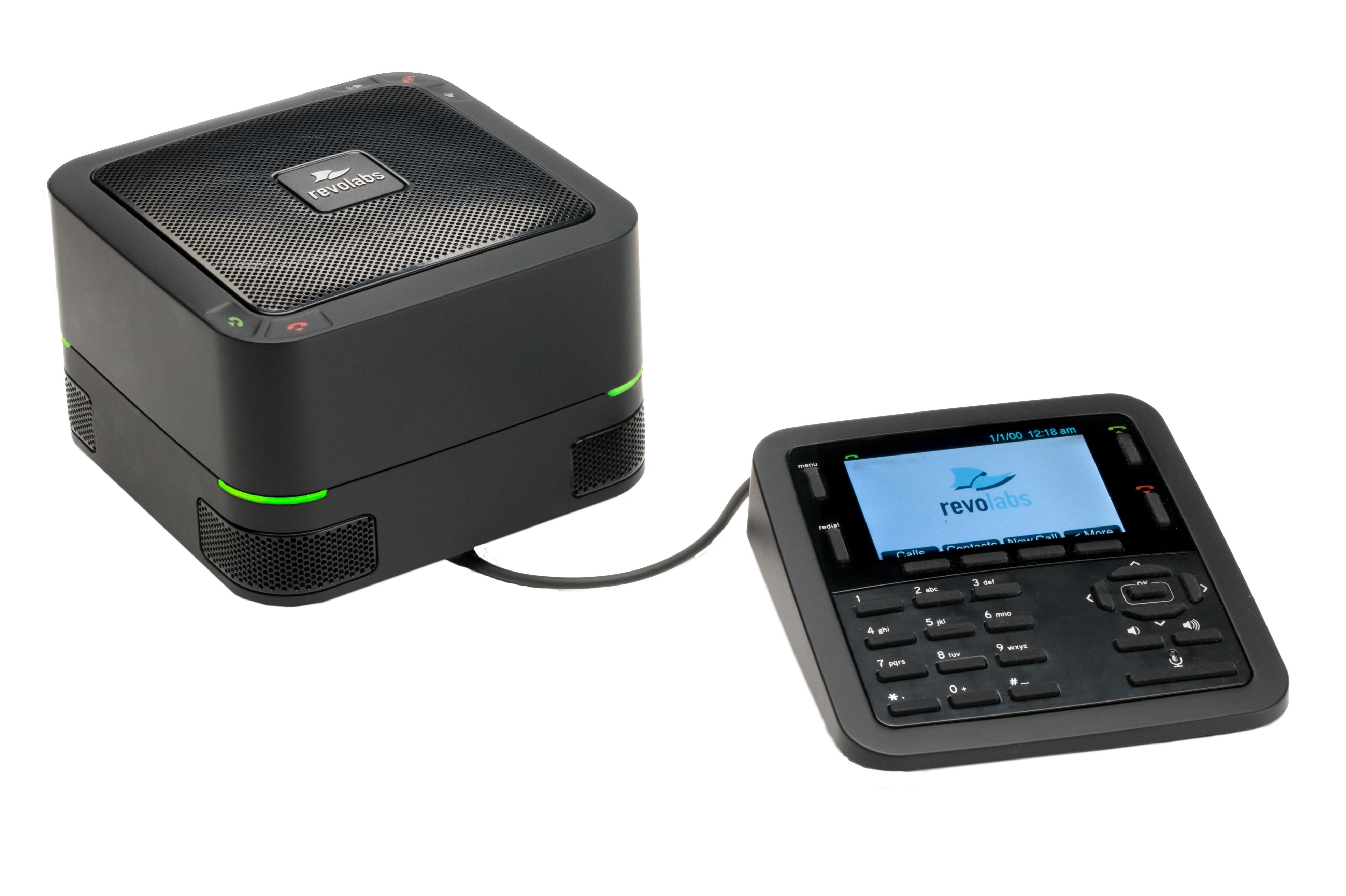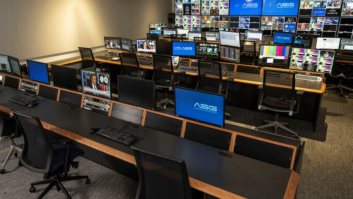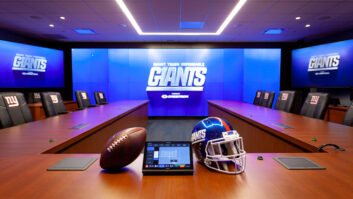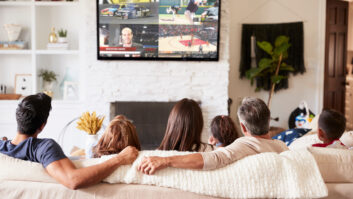
In the first part of this feature on VoIP technology, we looked at the transition from analogue and paging to VoIP-based systems. Here we discuss standalone and integrated systems and look at the various training initiatives companies are offering.
Once integrators have acquired the necessary expertise, they can look to make the most of demand for VoIP capability as part of both standalone and integrated, multipurpose systems – dependent, in many cases, on application type.
“Standalone solutions are still very attractive for proprietary systems where security is a topic (for example, fire safety, evacuation) or governmental applications (police, eavesdropping) are involved, as well as for very small installations where a fully integrated system is too expensive, notably in residential applications and small businesses,” says Domenico Gambino, VP sales for Barix. “On the other hand, integrated solutions offer interoperability benefits that are becoming increasingly evident with the diffusion of freeware VoIP systems.”
HB Communications northeast VP, Simon Davis CTS-D, observes that the company “sees about 95% VoIP integration into larger systems versus standalone systems. Our experience is that the smaller, standalone VoIP installations – that are often found in huddle spaces – are typically deployed by telephony or network engineers if they have the knowledge. The equipment that is used in standalone installations is a commodity, which means there’s a potentially wider pool of knowledgeable people who can deploy these.
“Yet”, he adds, “there is potential for these smaller spaces to be picked up by more AV integrators as, increasingly, more manufacturers offer standalone VoIP solutions specific to this space.”
Certainly, there is no shortage of solutions that make VoIP integration more approachable by AV professionals. For example, Riedel offers VoIP connectivity between its various intercom systems based on the SIP protocol, while the range of relevant offerings highlighted by Barix runs the gamut from IC Paging (intercom and paging for hospitality, entertainment and retail) to the AMX Schoolview solution (including Barix VoIP audio devices and delivering fully integrated bell-schedule management combined with security and building management/automation features).
Biamp’s VoIP product offering now includes items for distance conferencing and paging systems, among them the Tesira AVB DSPs with design capabilities for systems integrating VoIP or considering adding VoIP in future phases. Clear-Com’s solutions in this area include the Eclipse-HX Digital Intercom Matrix IP connections and the LQ two-channel products, while Revolabs’ latest product, the FLX UC 1000 SIP conference phone, supports not only conference room-ready audio for VoIP calls, but also offers USB audio capabilities to support any computer-based collaboration in a conference room.
Training initiatives
The emergence of these new requirements, and the inevitable crossover with IT departments, has meant an increasing interest among integrators in specific training programmes. Biamp is among the manufacturers to have responded, with the aforementioned initiative: a product-agnostic VoIP online training course.
“We see that VoIP is only going to become more widely adopted, phasing out analogue telephony across the world, and there is a training gap,” says Martin Bonsoir, EMEIA applications engineering manager for Biamp Systems. “The adoption of and the training around VoIP will happen more quickly in some regions. There will be countries that will join the adoption party later, but they will eventually get there. For Biamp, VoIP has become such an integral part of our daily lives that we consider it one of the core technologies for any new member of our applications engineering team to possess. We see this expectation becoming more common with the integrators and installers we speak with.”
HB Communications has a significant pedigree in this area; it is a Cisco and Polycom business video partner at the highest level on the video side, while Biamp is its ‘go-to-partner’ for DSP audio solutions. Integrators would be well advised to heed Davis’ guidance on audio, video and their incorporation into corporate applications.
“There can be a tendency to get too caught up in the video side of AV – it’s more obvious and the technology introduced stimulates our more favoured sense of sight,” says Davis. “But keep in mind that a video call without audio does no one any good (unless they read lips), while an audio call without video can still be productive and meaningful. Audio isn’t important, it’s critical, and the adoption of audio-promoting technology like VoIP will continue to impact and shape how we communicate.”
Practical approach
Alongside training and highly specific understanding of customer requirements, it stands to reason that access to demonstrations will help further the transition to VoIP. As Stephen Sandford, product manager at Clear-Com remarks: “Product demos on real networks are very important in the whole process of switching to a new technology, and they can help show the benefits and expose the pitfalls that help the integrator make the jump from theory to real-world applications.”
Continuing convergence around SIP will help integrators overcome one of the great and obvious hurdles – compatibility between different VoIP equipment. But while blanket compatibility may be some way off, it’s evident that for integrators willing to take the time, a command of VoIP technology can do much to further their interests in the corporate world and beyond.
www.barix.com
www.biamp.com
www.clearcom.com
www.hbcommunications.com
www.revolabs.com
www.riedel.net







